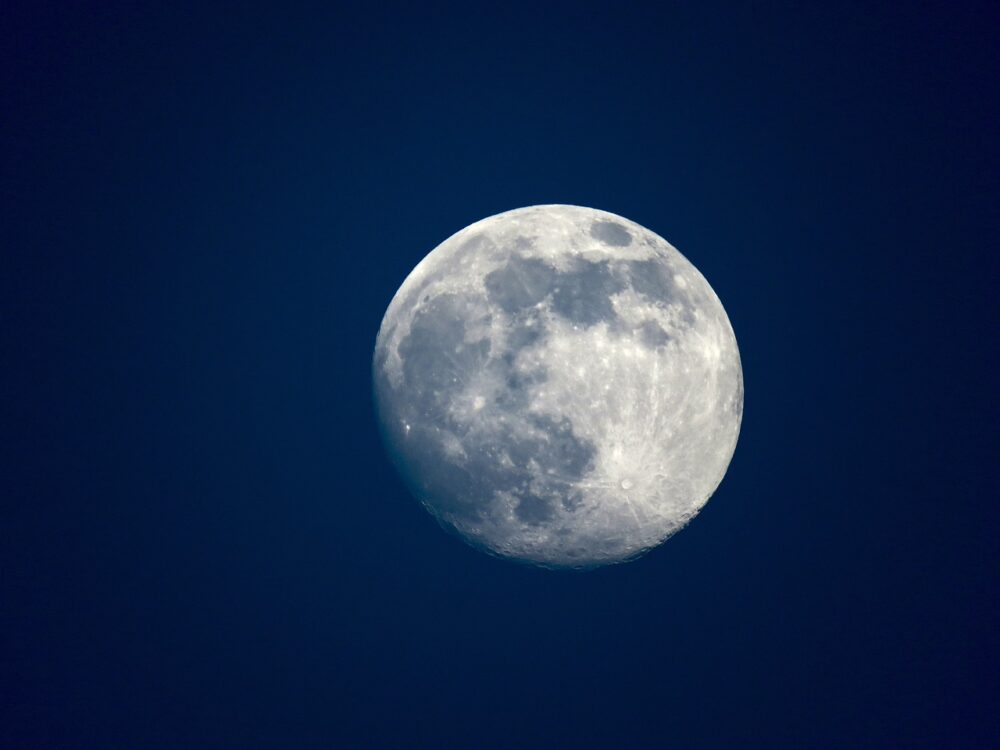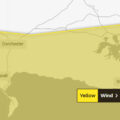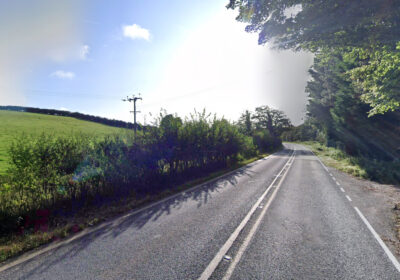STARGAZERS will be looking up tonight (August 1) for the first of two ‘supermoons’ set to be visible this month.
On August 1 and 31, a full moon will be as close to the Earth as it gets – just over 222,000 miles away – conditions that create what is known as a supermoon.
It means the full moon can appear 14 percent bigger and 30 percent brighter than when it is furthest away.
Explaining the supermoon, the Royal Observatory at Royal Museums Greenwich, said: “The distance between the Moon and the Earth varies, because the Earth is not right at the centre of the Moon’s orbit and the Moon’s orbit is not a circle (it’s an ellipse).
“The moment when the Moon is closest to the Earth is called a lunar perigee. When the Moon is furthest away it is known as a lunar apogee.
“If the lunar perigee occurs very close to a full moon, then we see a supermoon. If a lunar apogee occurs very close to a full moon then we see a micromoon.
“The term ‘supermoon’ originates from a concept in astrology, but now has been adopted by some astronomers.
“One strict definition of a supermoon is that if the Moon is within 10 per cent of its closest distance at the moment of full moon, it is considered a supermoon.
“During a supermoon, the Moon appears up to 14 per cent bigger and 30 per cent brighter compared with when the Moon is furthest away.”
Full Moon tomorrow (1st August ) at 7.31pm🌕#Sturgeon #BlueMoon #Fullmoon #SuperMoon #Lammas https://t.co/oiYzN6hNA2 pic.twitter.com/uLuUKuiJyw
— Stonehenge U.K (@ST0NEHENGE) July 31, 2023
And they said, providing cloud coverage is not too thick, the larger moon should be an exciting sight for stargazers.
“So long as there’s not too much cloud, the full Moon will be an unmistakable white orb in the sky,” the museums added.
“This is a good opportunity to use a small telescope or a pair of binoculars to see the Moon’s detailed surface, or even try taking a few interesting moon photos.
“However, you can see the Moon perfectly well with just your eyes. Seeing moonrise just after sunset or moonset just before sunrise will be an impressive sight as it will appear enormous compared to the surrounding landscape.
“This is due to an optical illusion. During moonrise, the Moon looks bigger than it is because our brain doesn’t understand that the sky is a dome. It falsely projects things near the horizon to appear larger than they actually are.”










Leave a Reply